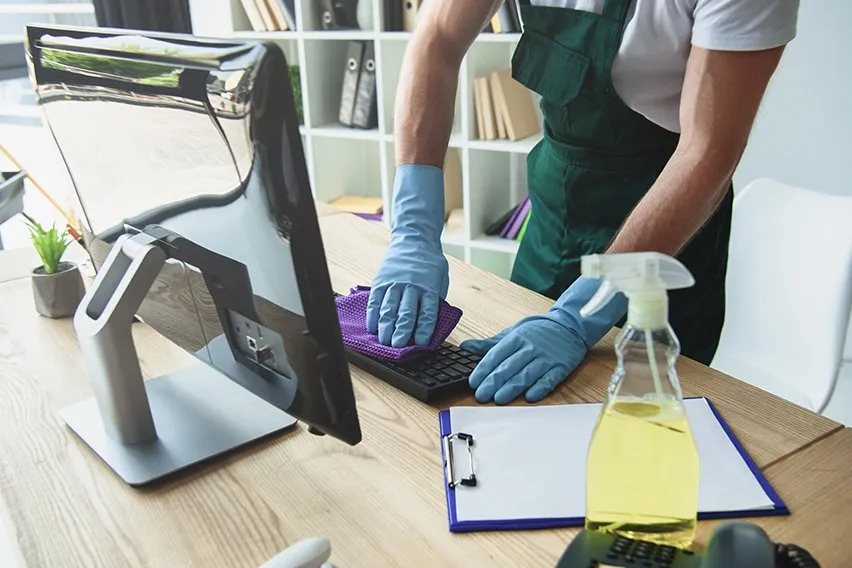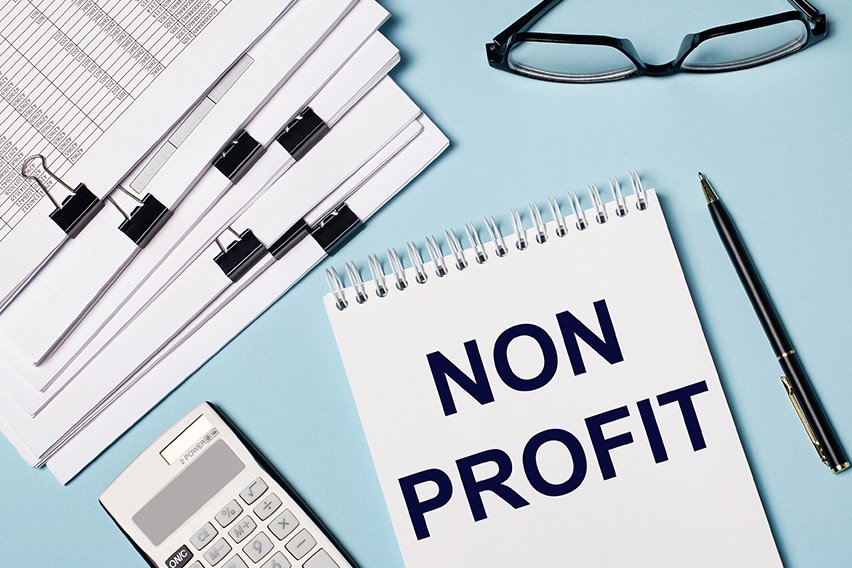How to Calculate Overhead for Cleaning Businesses

Starting any business requires a willingness to learn the essential skills you need to succeed and grow. Owning a thriving company also involves having a foundational understanding of many different areas, ranging from administration and customer service to accounting, and more. When you set out to start a cleaning business, these skills certainly apply.
New and experienced owners alike often wonder whether they’re managing the financial details of their companies efficiently and accurately. After all, without a background in professional or business accounting, how can you be sure you’re tracking, analyzing, and recording everything according to best practices?
In this post, we’ll share how you can easily tackle one key area of accounting that many owners have questions about: Overhead. In five simple steps, you’ll know exactly what to do to get this area of your company in check.
Here’s What We’ll Cover:
Introduction to Overhead for Cleaning Business Owners
1. Determine Your Recurring Expenses
2. Add up Total Overhead Costs
3. Compare to the Cost of Service Sales
4. Factor in Your Labor Cost Percentage
5. Determine Overhead Per Employee
Optional Ways to Manage Your Overhead Expenses
Manage Your Business Accounting the Right Way
More Resources for Cleaning Business Accounting
Introduction to Overhead for Cleaning Business Owners
Many new owners start their idea or venture on a small scale, and then begin to expand new services and offerings over time. This is true for cleaning service businesses, which might begin with one or two employees, a few regular clients, and a condensed schedule of operations. As client referrals grow and new jobs increase, so do the demands for good accounting practices.
If you own a cleaning company, you should work diligently to set accurate estimates for your house cleaning services. The amount you charge (whether per hour or per service ) not only influences your customer base, but your prices can also influence things like overhead and your bottom line.
To truly get these numbers in check, and to ensure that the forward motion of your company doesn’t stall, you must get a handle on how overhead works in your situation.

Overhead Examples for Your Cleaning Business
Your company may start out with relatively light overhead expenses. You may even begin by serving customers on your own and working with supplies you already have. But as your company expands, it’s realistic to expect an increase in your costs.
If you own or work for a commercial or residential cleaning company, you’ll likely have several types of overhead expenses. These can be categorized in a few different ways. Consider expenses like:
- Cleaning supplies
- Employee payroll
- Labor costs
- Transportation costs
- Marketing or sales-related expenses
Next, learn how to factor up all of these potential areas of overhead to see whether your business is spending too much, not enough, or just the right amount.
1. Determine Your Recurring Expenses
If you’ve ever been frustrated because it feels like you’re constantly working but still not producing revenue, it may be because you don’t have a true picture of your recurring expenses. These are the recurring charges you invest in to run your daily operations. No matter how crucial they are, it’s still easy to overspend.
That’s why the first step in learning how to calculate overhead in your business is to list out all of your expenses. Many business owners choose to do this monthly. How much do you spend on things like supplies, chemicals, hourly wages, and gas for traveling to job sites?
Add these items to your comprehensive list. Keep in mind that some items might be technically considered direct costs of doing business, rather than overhead.
2. Add up Total Overhead Costs
Once you have your list of regular expenses, add up the total amount. This is as simple as adding everything together for one grand total. In business, you may hear this total described as aggregate overhead cost.
If you find yourself surprised at the size of this total, think critically about your business purchases and other needs. Which items are worthwhile investments, and are there any that could be minimized to reduce overall spend?
3. Compare to the Cost of Service Sales
Next, you should compare the total costs to the total amount you sold in services for the same period of time. If you listed all of your expenses for one month, make sure to pick the same time range for this next equation. To get a true percentage, follow the formula below.
Total costs / total amount earned in sales X 100 = % of overhead relational to sales
4. Factor in Your Labor Cost Percentage
In a cleaning service business, one thing is almost guaranteed: As your business grows, your need for qualified help also increases. With more clients, houses, or properties, you’ll need to hire extra hands to keep things running smoothly. How many people can you afford to pay while still ensuring a healthy revenue?
A labor cost percentage will show how well your business model is able to leverage its available resources, which includes manpower. It will also illustrate whether your prices are reasonable or too low based on the amount of work you perform, and how much that work costs to do. The below equation will help you see how your overhead rate is directly related to labor costs.
Total overhead costs / total amount paid for labor X 100 = % of overhead relational to labor cost
5. Determine Overhead Per Employee
This final step is particularly relevant when your small cleaning operation blossoms into a full-fledged company with multiple employees. You need to know the overhead rate per employee if you plan to offer any health benefits, paid time off, or additional employer-sponsored coverage.
This process includes:
- Calculating the labor cost of the full employee package
- Calculating the overhead of the business at a specific time
- Dividing overhead by the number of billable hours (split among the employees on staff who are providing the service)
- Calculating the total overhead amount plus labor cost, added to billable hours, in order to see the total cost of one employee
This final step is important for any business owner who wants to hire a full team of benefited employees. It may also be helpful for business owners whose efforts are rapidly expanding beyond what they can manage with a very small team.

Optional Ways to Manage Your Overhead Expenses
Once you’ve determined your overhead percentage, you may realize the need to monitor your business expenses more closely. There are a few options for doing so, which include:
- Taking individual ownership of the expense tracking process in your business. This involves keeping close tabs on money coming in and out.
- Using professional accounting software to automate and track your expenses on the go. This is a less manual approach that also provides elements like invoicing, mobile access, and more.
- Hiring an accountant or financial professional to manage your overhead. If you’re feeling uncertain, an expert voice can provide peace of mind.
Ultimately, you’ll want to determine your profit margin to see whether you are still turning a significant profit in your cleaning company even with all of your expenses. Whether you charge an hourly rate or per cleaning service, you’ll want to look at how much revenue you’re bringing in and whether your expenses are minimal enough to grant you a large profit margin.
Manage Your Business Accounting the Right Way
Growing a successful cleaning service business from the ground up is a series of small steps and wise business decisions. By getting a better and more accurate picture of your business overhead, you’ll be well on your way to establishing the business you’ve always dreamed of.
By listing regular expenses, calculating overhead percentages, and seeing how all of this influences your payroll processes, you can avoid frustrations and stress. Although the steps to factoring your overhead are simple, they can have a significant impact on how you operate and grow your cleaning company—both now and into the future.
More Resources for Cleaning Business Accounting
RELATED ARTICLES

 How to Calculate Overhead for Nonprofit Businesses
How to Calculate Overhead for Nonprofit Businesses Daycare Accounting: Manage Business Finances in 9 Steps
Daycare Accounting: Manage Business Finances in 9 Steps Accounting Basics for Photography Business Owners
Accounting Basics for Photography Business Owners Real Estate Accounting: A Complete Guide for 2025
Real Estate Accounting: A Complete Guide for 2025 Accounting and Bookkeeping for Your Cleaning Business (Easy 10 Steps)
Accounting and Bookkeeping for Your Cleaning Business (Easy 10 Steps) Construction Accounting: Ultimate Guide for Contractors
Construction Accounting: Ultimate Guide for Contractors